All cat lovers can concur that catnip is attractive to cats. Though the response of the cat depends on the breed, the ones that do enjoy catnip are sent into a state of kittenish friskiness by the mere smell of it.
 Catnip (Nepata cataria) is a member of the mint family. It is a perennial herb with square, erect, and branched stems that are very leafy. The leaves are heart-shaped, toothed, and covered with a soft, close down (especially on the undersides). The clusters of white or pale lavender tubular flowers with purplish spots are in bloom from July to September. The plant secretes an aromatic oil to ward off insects that would otherwise eat its leaves. The primary active compound in this oil, nepetalactone, is not toxic to pets. This aromatic oil has a fascination for cats, who often destroy the plant with their ecstatic rolling and rubbing. It is easy to grow and is self-sowing. It will die back close to the ground in cold weather, but, if well established, it will be fine over winter, and you will have a fast start in the spring.
Catnip (Nepata cataria) is a member of the mint family. It is a perennial herb with square, erect, and branched stems that are very leafy. The leaves are heart-shaped, toothed, and covered with a soft, close down (especially on the undersides). The clusters of white or pale lavender tubular flowers with purplish spots are in bloom from July to September. The plant secretes an aromatic oil to ward off insects that would otherwise eat its leaves. The primary active compound in this oil, nepetalactone, is not toxic to pets. This aromatic oil has a fascination for cats, who often destroy the plant with their ecstatic rolling and rubbing. It is easy to grow and is self-sowing. It will die back close to the ground in cold weather, but, if well established, it will be fine over winter, and you will have a fast start in the spring.
Catnip is commonly incorporated into cat toys. It may be applied to the surface of scratch posts to attract a cat’s interest (rubbing fresh picked leaves and stems works especially well). Catnip may be grown in indoor gardens, providing a fresh supply to distract cats from chewing ornamental houseplants.
To Preserve by Drying
I like to use the leafy portions of catnip (the sm all stems are good as well).
all stems are good as well).
Strip an inch or so from the bottom of the stem and hang upside down, secured with a rubber band or string, away from heat, light, and moisture (or hang upside down in a paper bag).
You can also fan the leaves out in single layers on a cookie sheet and place it in a barely warm oven. Chop for larger quantities. When the leaves crinkle between your fingers, they’re dry. Volatile oils stay intact until you crush them. Store the catnip away from heat and light. Herbs hung in bunches, dried naturally, usually turn a grayish green.
My preferred method is to lay the cuttings out on top of my picnic table on a hot summer day. They are usually dry within two days or less. I then gather the leaves and small stems into a Ziplock bag for later use.
Easy-to-Make Catnip Toys
 The easiest non-sew toy makes use of an old or orphaned sock. Stuff the sock with a small wad of batting (the size you would like the toy to be, ideally), add a heaping teaspoon of dried catnip, take the upper portion of the sock, and tie it into a simple knot.
The easiest non-sew toy makes use of an old or orphaned sock. Stuff the sock with a small wad of batting (the size you would like the toy to be, ideally), add a heaping teaspoon of dried catnip, take the upper portion of the sock, and tie it into a simple knot.
 If you don’t care to sacrifice a sock, a rectangular piece of non-fraying fabric (such as fleece) will work as well. Take a scrap that is 12 inches long by 3-4 inches wide. Place a small wad of batting in the center with a teaspoon of dried catnip. I like to wrap the batting around the catnip, fold the fleece in half lengthwise, then carefully tie a knot with the catnip wad in the center. Pull tight. Trim off the ends.
If you don’t care to sacrifice a sock, a rectangular piece of non-fraying fabric (such as fleece) will work as well. Take a scrap that is 12 inches long by 3-4 inches wide. Place a small wad of batting in the center with a teaspoon of dried catnip. I like to wrap the batting around the catnip, fold the fleece in half lengthwise, then carefully tie a knot with the catnip wad in the center. Pull tight. Trim off the ends.
Voilà! Simple cat toys!
This post was adapted from a newsletter article written by Susan Magels.
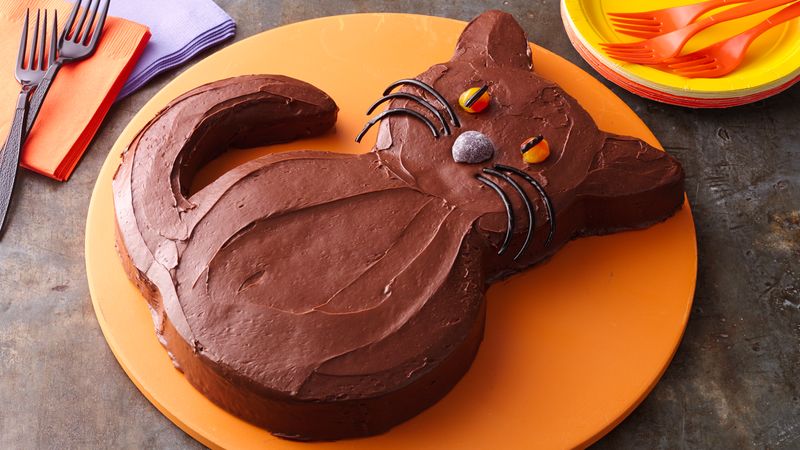
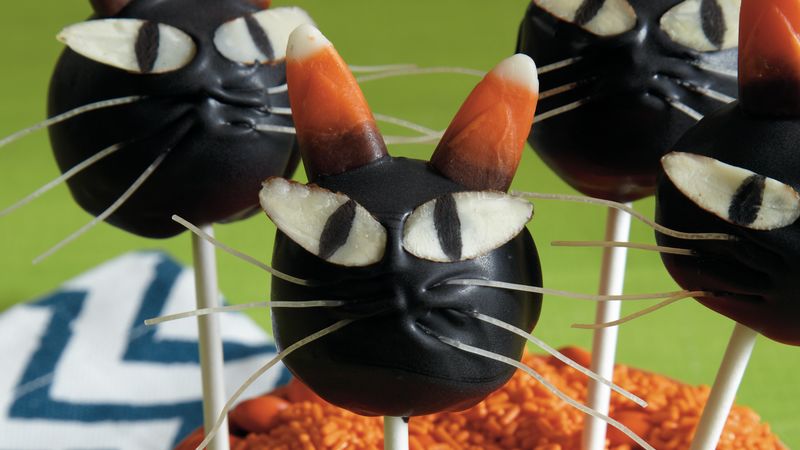
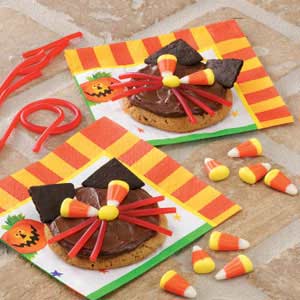
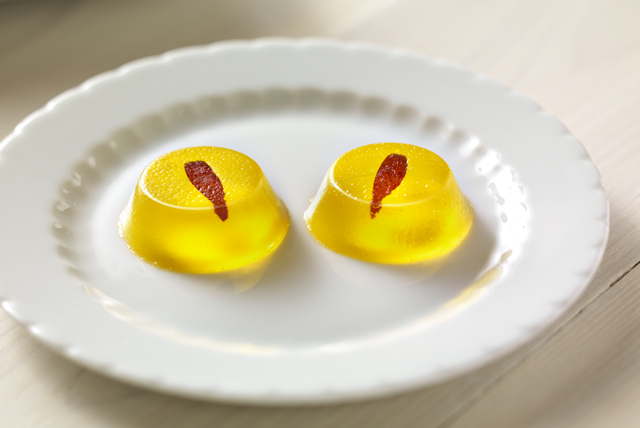
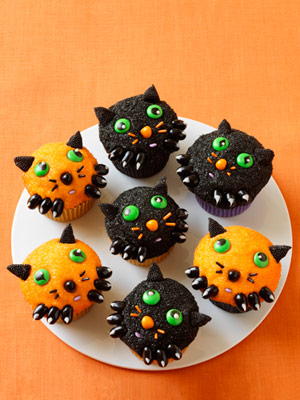


 Catnip (Nepata cataria) is a member of the mint family. It is a perennial herb with
Catnip (Nepata cataria) is a member of the mint family. It is a perennial herb with  all stems are good as well).
all stems are good as well). The easiest non-sew toy makes use of an old or orphaned sock. Stuff the sock with a small wad of batting (the size you would like the toy to be, ideally), add a heaping teaspoon of dried catnip, take the upper portion of the sock, and tie it into a simple knot.
The easiest non-sew toy makes use of an old or orphaned sock. Stuff the sock with a small wad of batting (the size you would like the toy to be, ideally), add a heaping teaspoon of dried catnip, take the upper portion of the sock, and tie it into a simple knot. If you don’t care to sacrifice a sock, a rectangular piece of non-fraying fabric (such as fleece) will work as well. Take a scrap that is 12 inches long by 3-4 inches wide. Place a small wad of batting in the center with a teaspoon of dried catnip. I like to wrap the batting around the catnip, fold the fleece in half lengthwise, then carefully tie a knot with the catnip wad in the center. Pull tight. Trim off the ends.
If you don’t care to sacrifice a sock, a rectangular piece of non-fraying fabric (such as fleece) will work as well. Take a scrap that is 12 inches long by 3-4 inches wide. Place a small wad of batting in the center with a teaspoon of dried catnip. I like to wrap the batting around the catnip, fold the fleece in half lengthwise, then carefully tie a knot with the catnip wad in the center. Pull tight. Trim off the ends.